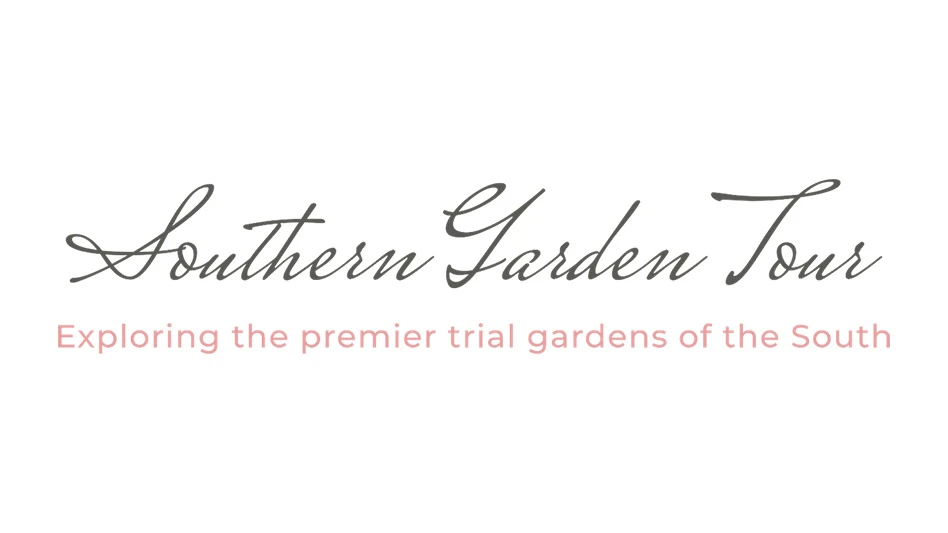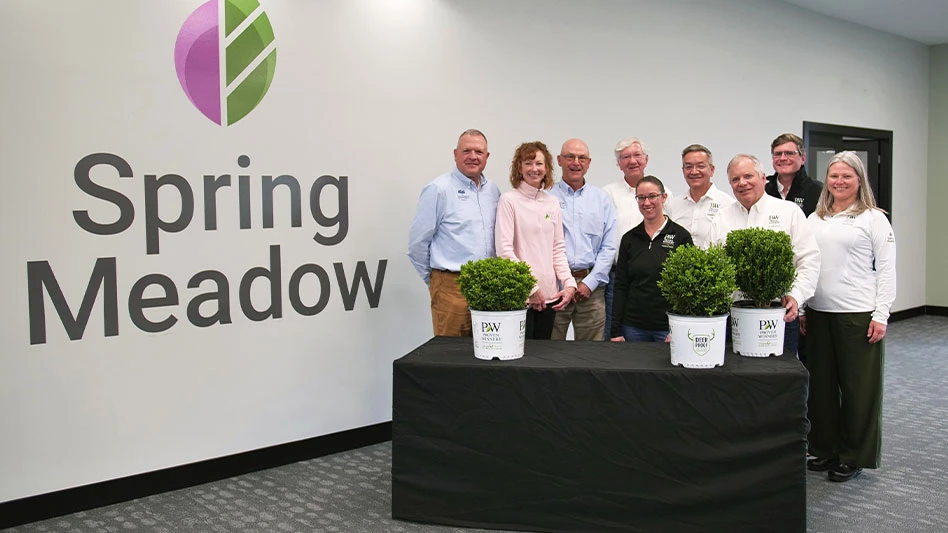 Maple shoot borer, Proteoterus aesculana (Riley), also known by the common names maple tip moth and maple twig borer, is a key insect pest of young maple trees in nurseries. Larvae cause tip dieback and flagging by tunneling into young growing shoots.
Maple shoot borer, Proteoterus aesculana (Riley), also known by the common names maple tip moth and maple twig borer, is a key insect pest of young maple trees in nurseries. Larvae cause tip dieback and flagging by tunneling into young growing shoots.
Researchers at the University of Kentucky found that in some fields of newly transplanted Acer rubrum bare-root liners, as many as 100 percent of the trees were infested and 22–36 percent suffered flagging in the terminal leader.
Destruction of the terminal leader causes undesirable forking and requires establishment of a new central leader. This increases labor costs and leaves an unattractive crook in the tree, even when performed successfully.
This moth occurs throughout much of the United States and southern Canada from Oregon and southern Alberta to the East Coast, and south through Kentucky and Tennessee to Mississippi.
Maple shoot borer attacks members of the genus Acer, primarily red (A. rubrum) and Freeman (A. freemanii) maples. Sugar maple (A. saccharum) is also a relatively common host.
Activity
Adult moths are active from mid-March to early May, with peak activity in early to mid-April. During this time, females lay eggs, most likely on twigs near green-tipped or opening buds. Following egg hatch, the caterpillar burrows into the young shoot where it feeds until late May or early June. The mature larva exits the shoot before pupating. The location of pupation is unknown.
Completion of this generation’s development causes a second, smaller period of adult activity starting in late May or June and diminishing by July or August.
 Frass and silk expelled from an infested shoot. Frass and silk expelled from an infested shoot. |
However, shoot damage caused by the larval stage has not been found following the May-June flight pulse. It is possible that moths that emerge during this secondary flight pulse seek overwintering sites where they remain until the following spring.
The adult is a very small (less than1-cm long) light brown moth. The larva is a relatively smooth, cream-colored caterpillar with a distinct black head.
Signs, symptoms
Young stems and leaves, apical to the point of larval tunneling, wilt and eventually die. This flagging first appears in late April or May. Each infested shoot has a small hole near a leaf petiole axil with a small mass of expelled frass (sawdust-like fecal matter) mixed with silk. Throughout most of May, infested shoots can be sliced open to find the tunneling larva.
 Exposed larva tunneling within a damaged shoot. Exposed larva tunneling within a damaged shoot. |
Management
Contrary to previous notions, dormant liners shipped from West Coast nurseries are not infested before being shipped. Rather, trees become infested with eggs shortly before leaf bud break, so management of the pest is the responsibility of the receiver.
Preventive control can be achieved with a single spray application of a pyrethroid insecticide any time from just before bud break, which typically occurs in mid-March, until most shoots have flushed their first two pairs of small (less than 1-inch long) leaves in April. This management strategy provides as much as 96–100 percent control of the pest.
A single insecticide treatment any time shortly before bud break until shoots have two pairs of leaves can provide nearly 100 percent control. Natural enemies include parasitoid wasps within the families Braconidae and Eulophidae.
Sarah J. Vanek is extension associate for nursery crop production, University of Kentucky, College of Agriculture; sarah.vanek@uky.edu.
Citations: Seagraves, B.L., K.F. Haynes, C.T. Redmond, S. Tittle, and D.A. Potter. 2008. Seasonal biology and managemen of the maple shoot borer, Proteoteras aesculana (Lepidoptera: Tortricidae), in production nurseries. Pest Manag Sci 64: 1040–1049

Explore the February 2012 Issue
Check out more from this issue and find your next story to read.
Latest from Nursery Management
- Grant awarded to test western U.S. wood species for use as wood fiber potting substrate
- Pennsylvania Horticultural Society announces 2025 Gold Medal Plant winners
- Leading Women of Horticulture: Angela Labrum, Bailey Nurseries
- The HC Companies, Classic Home & Garden merge as Growscape
- Terra Nova releases new echinacea variety, 'Fringe Festival'
- Eason Horticultural Resources will now officially be known as EHR
- BioWorks receives EPA approval for new biological insecticide for thrips, aphids, whiteflies
- Ellen Mackenbach-Lakeman appointed new CEO of Dümmen Orange





